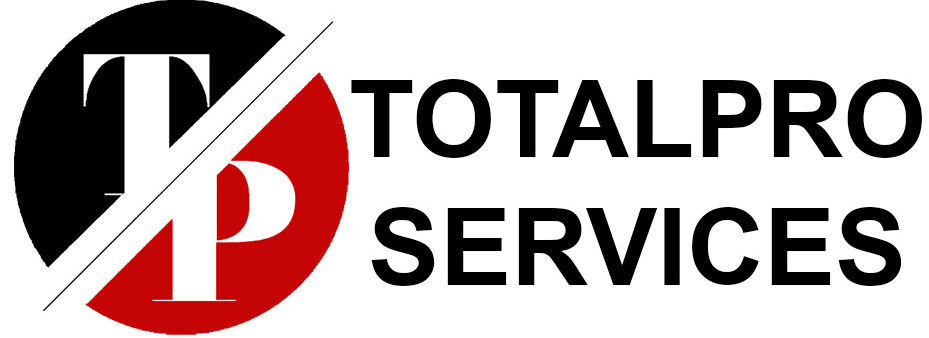
CYPRUS: AN IDEAL IP LOCATION
Intellectual Property (IP) can be one of the most valuable assets of an organisation. Choosing the right location for the centralisation and management of IP is a very important strategic business decision. The ideal location to establish an IP structure is one that can serve the organisation’s business strategies/model, safeguard and protect its IP and contribute to its tax optimisation. Cyprus offers an efficient IP tax regime coupled with the protection afforded by EU Member States and by the signatories of all major IP treaties and protocols.
FOREWORD
In October 2016 the Income Tax Law was amended to bring its provisions on taxation of income from the use or sale of intangible assets into line with the “modified nexus” approach.
This approach, which was agreed by G20 leaders towards the end of 2014 and adopted by the OECD and the EU, allows a taxpayer to benefit from an intellectual property taxation regime, commonly known as an IP box, only to the extent that it can show material relevant activity, including a clear connection between the rights which create the IP income and the activity which contributes to that income.
Countries whose IP regimes were incompatible with the modified nexus approach were required to take steps to amend them, and to allow no new entrants to non-compliant IP regimes after 30 June 2016. However, transitional arrangements allowing taxpayers benefitting from existing schemes to continue to do so until 30 June 2021 were permitted. The Cyprus Ministry of Finance announced in January 2016 that it would be taking steps to modify the Cyprus IP box in order to conform with the modified nexus approach and the amendment to the law makes good this commitment

TRANSITIONAL ARRANGEMENTS FOR INTELLECTUAL PROPERTY ASSETS DEVELOPED PRIOR 30 JUNE 2016
The existing IP box regime, which was introduced in 2012 provides for 80% tax exemption of income from the use of a wide range of intangible assets. Coupled with Cyprus’s low corporate income tax of 12.5 per cent, it gives an effective tax rate on such income of 2.5 per cent or less. Taxpayers already benefitting from the existing scheme may continue to claim the same benefits until 30 June 2021, subject to certain conditions regarding assets acquired between 2 January 2016 and 30 June 2016.
New arrangements for intellectual property assets developed from 1 July 2016
The arrangements for assets developed after 1 July 2016 follow the modified nexus approach. Qualifying assets are restricted to patents, software and other IP assets which are legally protected. Intellectual property rights used to market products and services, such as business names, brands, trademarks and image rights, do not fall within the definition of qualifying assets. Relief is geared to the cost incurred by the taxpayer in developing the intellectual property through its research and development activities, and costs of purchase of intangible assets, interest, costs relating to the acquisition or construction of immovable property and amounts paid or payable directly or indirectly to a related person are excluded from the definition of qualifying expenditure.
As was the case under the original scheme, 80% of the overall profit derived from the qualifying intangible asset is treated as deductible expense, preserving the effective tax rate of less than 2.5% on such income.
NEXUS APPROACH

Even though each country can maintain its preferential IP regimes, under the “nexus approach” a particular emphasis is placed on the existence of a substantial economic activity in order for the owner of the IP to enjoy the preferential tax regime.
In particular under the “nexus approach” the benefits of the IP regime will be conditional on the extent of Research and Development (R&D) activities of the taxpayer receiving the benefits. The proportion of the expenditures which will directly relate to the development activities of the IP and which demonstrate the real value added by the taxpayer will act as a proxy of how much substantial activity the taxpayer undertook.
Under the nexus approach the proportion of the income relating to IP that can benefit from the IP regime is the same proportion of “qualifying expenditure” and “overall expenditure”. The income that may receive the benefits is defined in the below calculation:

QUALIFYING EXPENDITURES
Qualifying expenditures are defined as expenditure that must have been incurred by the taxpayer and must be directly connected to the IP asset.
These expenditures should only include expenditure that are necessary for actual R&D activities and they would not include interest payments, building costs or acquisition costs.
OVERALL EXPENDITURES
Overall expenditures are defined as expenditures that are directly connected to the IP asset and only include expenditure that are necessary for actual R&D activities.
The difference between Qualifying expenditure and Overall expenditure is that the Qualifying expenditure must have been incurred by the taxpayer whereas Overall expenditure include also expenditure incurred by related parties and also the acquisition costs are included in the Overall expenditure.
Outsourcing the development of the IP would be possible however only development costs incurred by unrelated parties would count as qualifying expenditure. Outsourcing the development of the IP to related parties would count towards overall expenditure and not qualifying expenditure.
OVERALL INCOME
Overall income is limited only to IP income and includes royalties capital gains and other income from the sale of IP assets.
MODIFIED NEXUS APPROACH

The modified nexus approach addresses the issue of groups having to develop the IP in limited number of entities including the company owning the IP in order to qualify. This could impose restructuring costs on groups which have dedicated R&D companies in order for them to retain the relief in future.
In order to address the above issue the “modified nexus approach” countries can allow a qualifying expenditure up-lift up to 30% on the qualifying expenses.
This means that Overall expenditure incurred which are not also Qualifying expenditure (i.e. acquisition costs or costs paid to related parties for the development of IP) can be included in Qualifying expenditure up to the level of 30% on the already existing Qualifying expenditure.
How can TOTALPRO help you?
• Cyprus IP holding structures
• Corporate statutory compliance matters
• Existing IP – tax efficient transfer to Cyprus IP company
• IP valuation
• Eligibility of tax depreciation
• IP related substance
• Ongoing support after initial set-up
Please contact our team for more details: [email protected]

